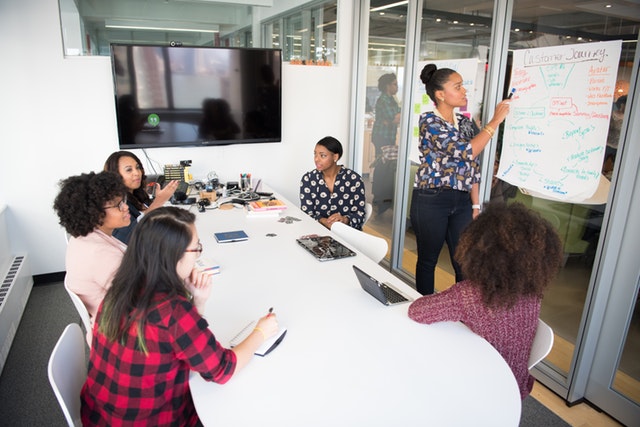CSEC Outreach
Overview
Within King County, an estimated 500 youth per year are victims of commercial sexual exploitation. Young people who are particularly vulnerable to exploitation are homeless, experiencing poverty, truant from school, and/or have histories of sexual abuse. Despite these indicators, many exploited youth are only identified once they interact with large public systems such as juvenile justice and child welfare. All too often, identification by these systems catches young people only after they have experienced long periods of sexual exploitation. To connect with young people as early as possible and decrease prolonged trauma, it is imperative to leverage key service systems with which young people interact.
Seneca’s CSEC Outreach Program partners with schools, community-based organizations, faith-based organizations, and healthcare providers to build their capacity to identify and engage youth who are current or potential victims of commercial sexual exploitation. Seneca staff train and support school administrators and teachers, nurses, mental health practitioners, and all youth-serving professionals and paraprofessionals to understand best practices for serving sexually exploited youth. Our goal is to strengthen system-wide practices to provide protective outlets and expanded options for sexually exploited youth.
Topics

What is Commercial Sexual Exploitation of Youth?
Commercial sexual exploitation of children (CSEC) or youth happens when a person buys, trades, or sells sexual acts with a person under the age of 18. Commercial sexual exploitation of youth is illegal based on federal statutes. For children and youth, there is no need to demonstrate or prove “force, fraud or coercion” since they cannot consent to commercial sex acts. A commercial sex act is classified as any sex act that is performed in exchange for anything of value. This can be money, goods, in-kind favors, or any other kind of benefit.
Examples of Commercial Sex
- Prostitution
- Webcam sexual services
- Survival sex
- Gang-based prostitution
- Truancy, homelessness, or runaway behavior
- Possession of expensive items, such as clothing, electronic devices, or gifts
- Multiple cell phones
- Excessive amounts of cash

Services
Seneca strives to equip partnering professionals with the knowledge and skills they need to offer preventative and protective resources to youth who are current or potential victims of commercial sexual exploitation. Overall, our services are focused on building and sustaining the capacity of professional, youth, and systems to address the growing problem of CSEC.
Youth Services
- Education and Skill Development: We offer a prevention intervention curriculum that explores healthy relationships, positive self-identity, etc. This curriculum can be embedded within existing programming at your school or organization. We also provide short-term intervention to help individuals and/or groups to promote healthy behaviors and develop protective factors.
- Referral: We can help connect youth to advocates through our partnership with the Bridge Collaborative. Advocates can provide one-on-one case management to help set goals, develop a safety plan, etc. for each referred youth.
Staff Services
- Training: We offer presentations and trainings to youth-serving staff and families. Trainings are tailored to the needs of each partner and can include an overview of sexual exploitation of youth, strategies to identify youth, and guidelines for engagement.
- Ongoing Support: We are available for case consultation and any questions you may have regarding a youth and sexual exploitation. We can talk through the situation and help find and connect with the appropriate resources for the young person. Call Community Based Program Supervisor Marjorie Gómez at 206-496-7586 or email at [email protected]

Systems Development
Complex issues require system-wide responses. Our team can help you formulate a protocol to identify and support commercially sexually exploited youth. We will work with you to review existing practices and infrastructure to develop a response process that works best for you and your team.